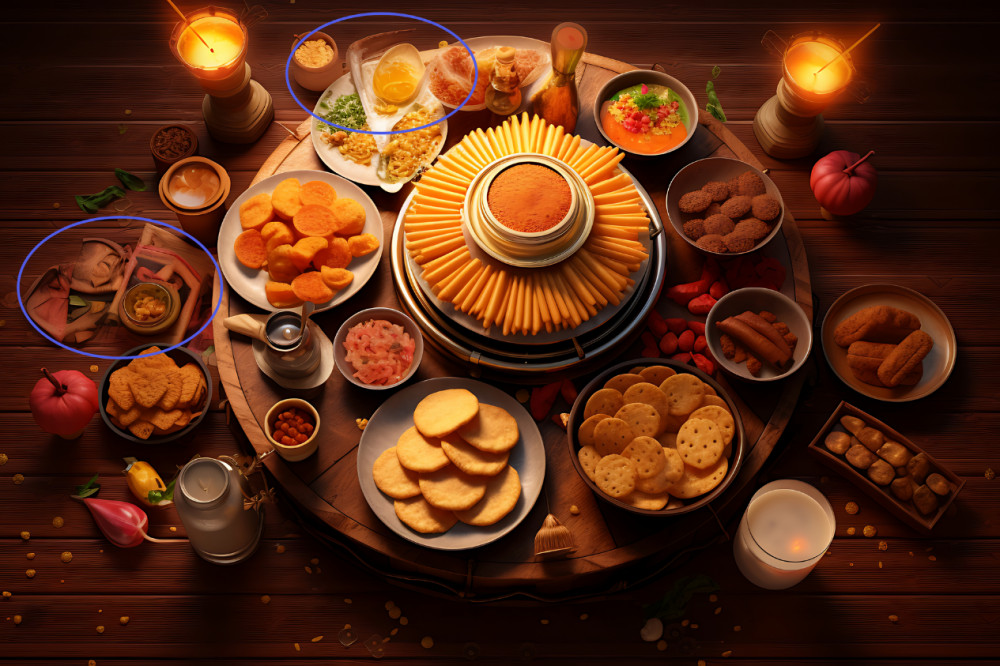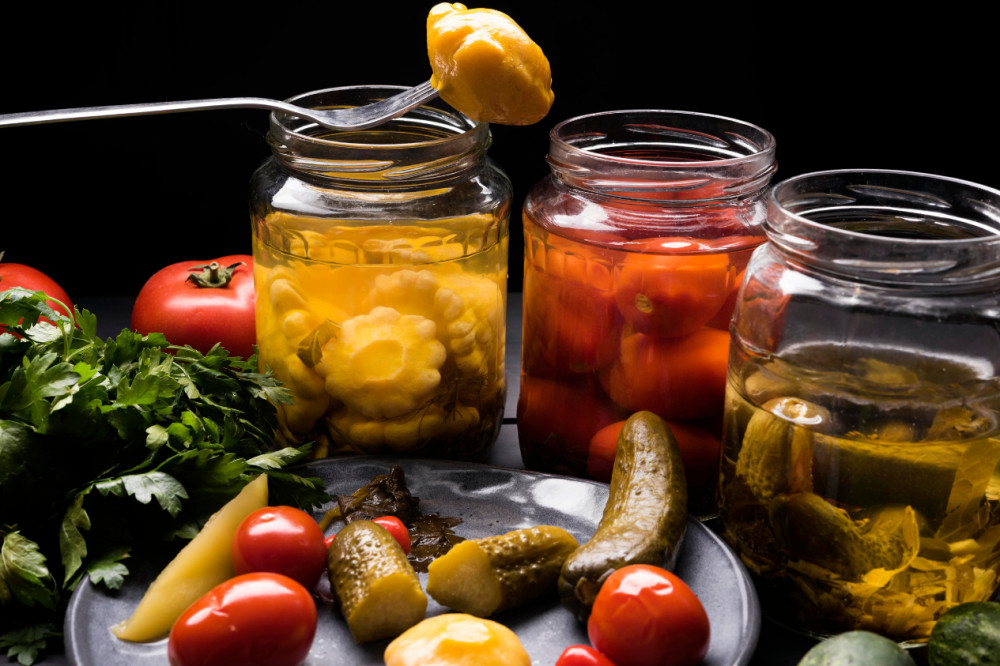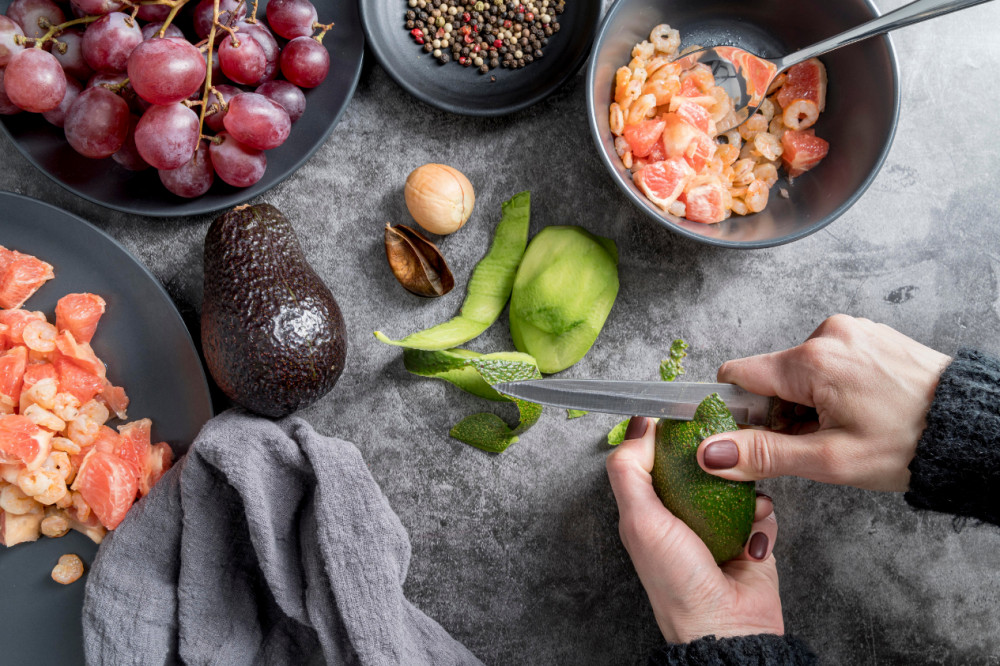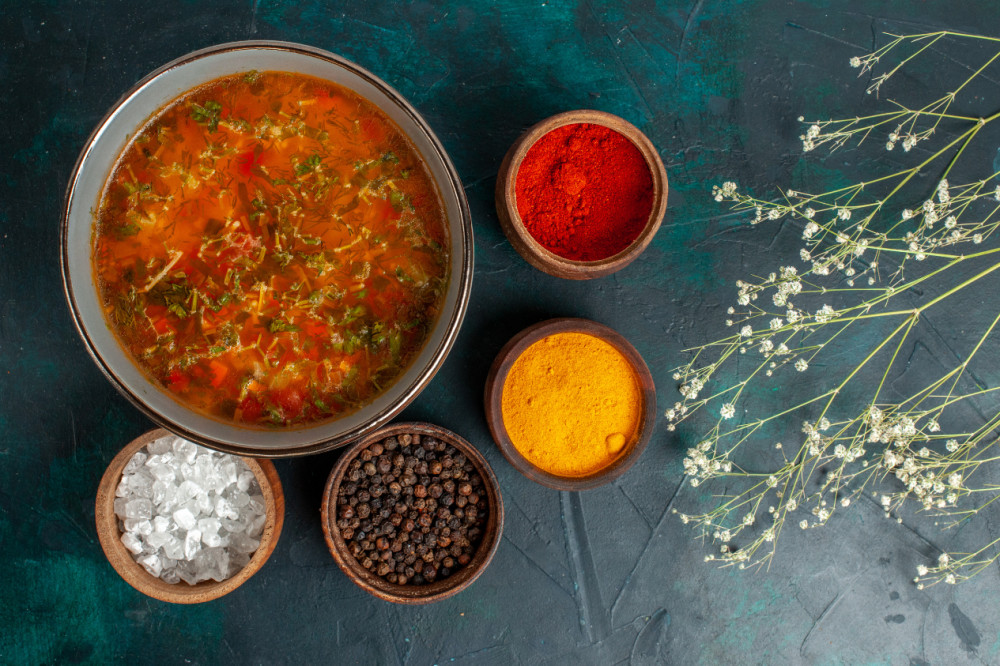
Shojin vs. Sattvic

In a world where food is often reduced to calories and convenience, there are two ancient culinary philosophies - Shojin Ryori from Japan and Sattvic cuisine from India, which remind us that cooking is a sacred art. Rooted in spiritual traditions, these are carried down from centuries of cultural evolution. Both styles of cooking emphasise mindfulness, purity and harmony while emerging from vast geographies. Buddhism in Japan and Hinduism in India are the parallels to Shjin and Sattvic cooking, which are profound and inspiring.
With Foodism, in this blog, we will explore the similarities between Shojin and Sattvic cuisine, highlighting how both traditions elevate cooking. If you are looking for a way to reconnect with food as a spiritual practice, then let’s dive deep into these Indian and Japanese spiritual cuisines, which might not only enhance your tastebuds but also stir your soul.
What is Shojin Ryori? A Glimpse Into Japanese Zen Cuisine
Shojin Ryori is translated to ‘Devotion Cuisine’, which is a style of vegetarian cooking practised by Buddhist monks in Japan. Buddhism was introduced to Japan in the 6th century, and Shojin Ryori came along. The main focus was to provide meals and offerings of monks to achieve enlightenment through the practice of Zazen (seated meditation). All work related to food was viewed as a devotional practice.
Principles of Shojin Ryori
- No meat, fish, or pungent vegetables like garlic, onions, or leeks.
- The Rule of Five - focus on five colours, five flavours, and five cooking methods to create harmony in each meal.
- Serious emphasis on seasonality, simplicity, and balance.
- Presentation is important—it reflects mindfulness and respect for ingredients.
- Utilisation of humble ingredients such as tofu, seaweed, fermented foods, seasonal vegetables, and rice.
Cooking becomes an extension of meditation; eating becomes a mindful act of gratitude and awareness. And, the idea is not just to nourish the body but to quiet the mind.
What is Sattvic Cuisine? The Yogic Diet of Purity and Light
The word Sattvic is derived from the Sanskrit word Sattva, which means purity, clarity and harmony. This dietary system was followed by many Ayurvedic practitioners, Yogis and Spiritual seekers in India. It is believed that food carries qualities, and Sattvic food supports mental clarity, physical vitality and spiritual growth. Among the three types of food, Sattva has the highest guna (qualities), and in its ideal state, it represents harmony and balance.
Principles of Sattvic Cuisine
- Emphasises fresh, organic, seasonal, and local ingredients.
- Excludes meat, eggs, alcohol, caffeine, and pungent foods like garlic and onion (similar to Shojin).
- Promotes foods that are light, easy to digest, and naturally energising.
- Incorporates dairy (in moderation), fruits, nuts, whole grains, legumes, and gentle spices.
- Food must be cooked with love, mindfulness, and positive intention.
In yogic philosophy, eating Sattvic food raises your vibration, enhances meditation, and brings tranquillity, longevity, and consonance.
Shojin Ryori vs. Sattvic Cuisine: A Spiritual Comparison
Shojin and Sattvic both are deep-rooted in tradition and spirituality, but have different origins and practices. However, apart from originating differently, Shojin and Sattvic food share some common core values which are deeply rooted in purity, clarity, harmony and respect for life. It also believes that food not only impacts the body but also the mind and soul. Let’s see the similarities between the two cuisines -
- Vegetarian and Non-violence
Both Shojin and Sattvic cooking adhere to non-violence (Ahimsa) by avoiding meat and animal harm. This not only aligns with spiritual values but also promotes sustainability and compassion.
- Avoidance of Garlic and Onion
The cuisines avoid onions and garlic as these ingredients are believed to facilitate qualities like lethargy and agitation. Also, they have a strong, pungent odour and are believed to impact mental calmness and interfere with achieving the higher state of spiritual purity.
- Seasonal and Local ingredients
Using the local and seasonal ingredients will minimise long-distance transportation and preservation methods, reducing their environmental impact. Also, the fresh and vibrant flavours of seasonal ingredients enhance the taste and nutritional value of the food, promoting a sense of well-being.
- Balanced Energies and Flavours
Both cuisines aim for harmony on a plate and within. Shojin balances five flavours - sweet, sour, salty, bitter and umami. Whereas, Sattvic cooking balances the six tastes of Ayurveda, i.e., sweet, sour, salty, pungent, bitter and astringent.
- Aesthetics and Simplicity
In both cuisines, food is prepared and presented with an intention of elegance. Meals are simple, colourful and beautifully presented. No over-cooking, no fried items - packed with nutrition; only clarity and reverence.
Spiritual Benefits of Shojin and Sattvic Diets
Here are the reasons why Shojin and Sattvic diets are gaining popularity -
- Mental Clarity and Calmness
The diets avoid overly stimulating foods like garlic, caffeine, or meat helps reduce restlessness, promoting mental stillness and clarity—ideal for meditation and yoga.
- Emotional Balance
It is preached to cook food with love and purity, the mindfulness infused into cooking and eating such food nurtures a human emotionally, instils gratitude and reduces stress and anxiety.
- Improved Digestion
As both cooking involves the use of fresh and organic ingredients, it is good for digestion and overall gut health.
- Ethical and Environmental Consciousness
Use of local ingredients reduces the long transportation expenses, less wastage, and fewer preservation methods, leading to a positive impact on the environment.
Example of dishes in Shojin & Sattvic Cuisine
| Shojin Ryori Dishes | Sattvic Dishes |
| Goma Dofu (sesame tofu) | Moong Dal Tofu or Besan Dhokla |
| Steamed Seasonal Vegetables with Soy Sauce | Steamed Vegetables with Ghee and Rock Salt |
| Pickled Daikon Radish | Amla or Lemon Pickles (without vinegar) |
| Rice with Umeboshi (pickled plum) | Curd Rice with Amla or Mango Relish |
| Miso Soup with Seaweed | Mung Dal Soup or Rasam (without garlic/onion) |
Shojin and Sattvic diets are the cuisines that remind us of what we are eating and how we are benefiting from it. In the fast-paced world of junk and fried food items, let’s sit and think, does our body actually need this? Or is it just the trend of fusion food we are following?
Foodism has brought the basics of the human body and soul requirements to your knowledge. Let’s start incorporating a few of Shojin or Sattvic food habits to attain mental calmness and physical vitality.
Related Blogs

Food Offerings and Festive Plates of Kartik Purnima
103 Views

The Science of Ferment: Easy Homemade Fermented Foods
80 Views

Zero-Waste Cooking: 7 Dishes That Use Every Bit
73 Views

Warm Spices, Cold Valleys: Comfort Food from Kashmir
112 Views

5 Wholesome Lunchbox Meals You Can Cook in 20 Minutes
119 Views